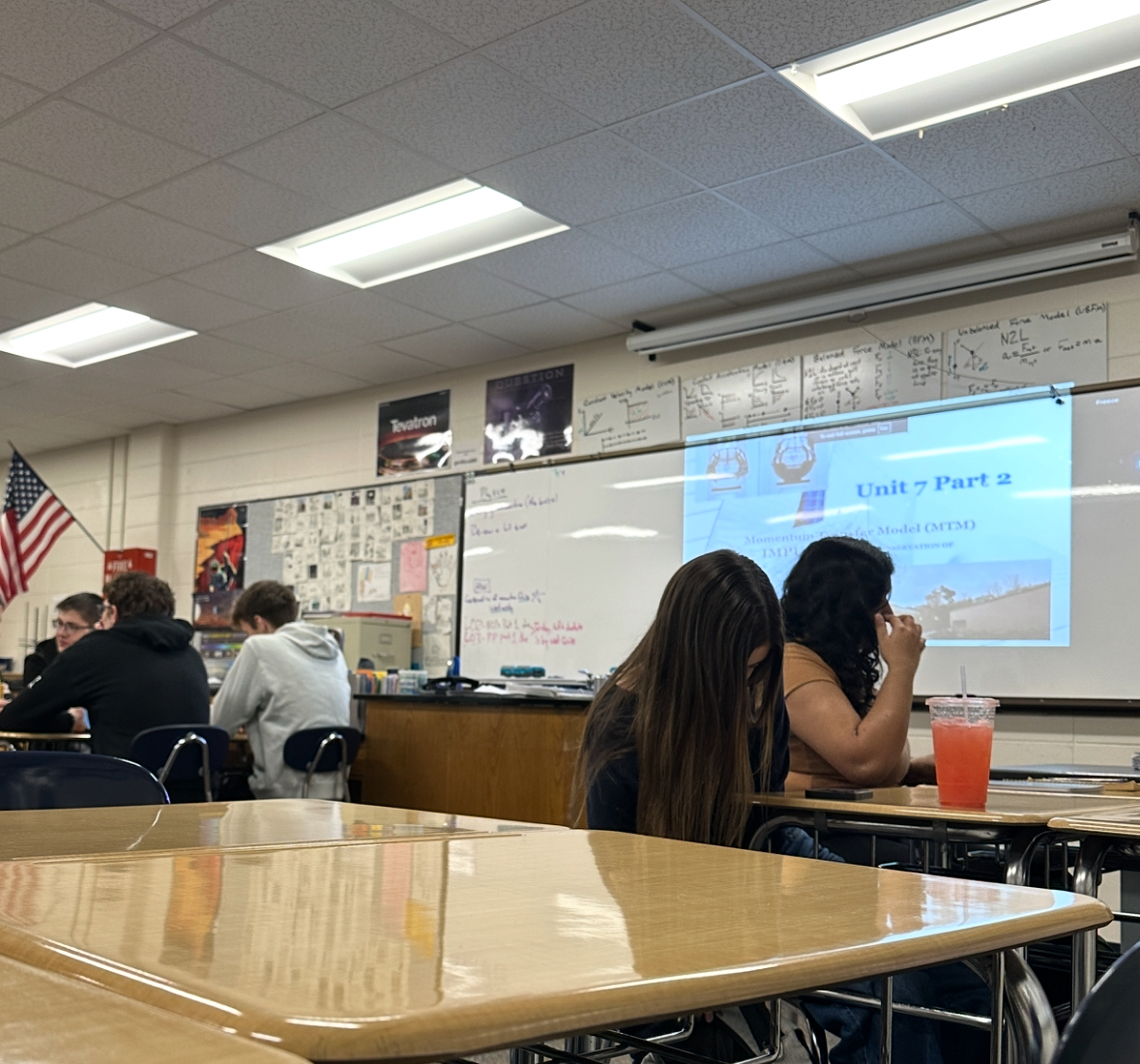Until this past week, dreams of going to the planet Mars were merely just that—a dream. Then, the President of the United States, Barack Obama, announced humans will have been on a journey and back to Mars by the 2030s. According to ABC News, President Obama says, “The next step is to reach beyond the bounds of Earth’s orbit. I’m excited to announce that we are working with our commercial partners to build new habitats that can sustain and transport astronauts on long-duration missions in deep space. These missions will teach us how humans can live far from Earth–something we’ll need for the long journey to Mars.” While the year 2030 may seem very far away right now, history has proven that fourteen years is very small compared to the amount of time humans have existed.
For all of the students who are unaware of the differences between Earth and Mars, NASA has created a great list of facts. While the earth is 93 million miles from the sun, Mars is a whopping 142 miles away. Earth has a diameter of 7,926 miles, and Mars comes in at almost half that diameter (4,220). Not only does Mars have 687 ‘earth’ days in its year compared to earth’s 365.25, its days are 24 hours and 37 minutes long. Astronauts travelling to Mars better bring some warm clothes to go under their space suit, because the average temperature of Mars is -81 degrees Fahrenheit. The biggest difference between Mars and Earth is that Mars contains mostly carbon dioxide and some water vapor, so when astronauts get there, their best bet is to keep the suit on.
With this breaking news, it is important to address topics such as funding and the impact this expedition will have on not only the United States, but the entire world. Sarah Meyers, senior, says, “When the technology becomes available and NASA has the appropriate funding, it will seem possible to go.” Since 14 years is small in terms of history, but short in terms of war and destruction, some are skeptical of this dream becoming a reality.
Although the children learning of this future adventure today will be mostly grown by the time it becomes a reality, the journey could still prove to be a huge learning experience for youths. Meyers commented, “It will encourage youths to pursue more science-based careers, or careers in astronomy.” Since a lot of five-year-olds want to be an astronaut when they grow up, this subject would be very interesting to them. Keeping their interest throughout the years may be the hard part.
At the high school, the new Astronomy Club is booming with excited students who want to learn more about the atmosphere they live in. They’ve had a few meetings this year, including a few different explorations of the world millions of miles away from us through telescopes. If students want more information on what Astronomy Club is all about, visit Mr. Spangenberg’s page (https://sites.google.com/a/student.pleasval.k12.ia.us/spangphys/astronomy-club).
The world everyone is living in now is only an extremely small portion of what is out there in the universe. Through discoveries and explorations, astronauts and scientists will continue to learn more about the planets all around us. As Neil Armstrong once said, “One small step for man, one giant leap for mankind.”















Julieta Uriarte • Oct 20, 2016 at 8:39 am
This was one of the best articles I’ve read in my life. The information was great.